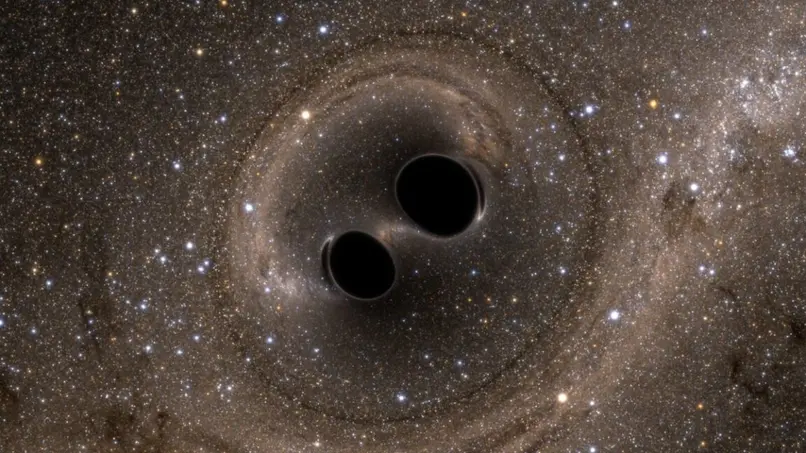T4K3.news
New black hole discovery made with mass of 36 billion suns
Scientists confirm a dormant black hole in the Cosmic Horseshoe system, expanding knowledge of large galaxies.
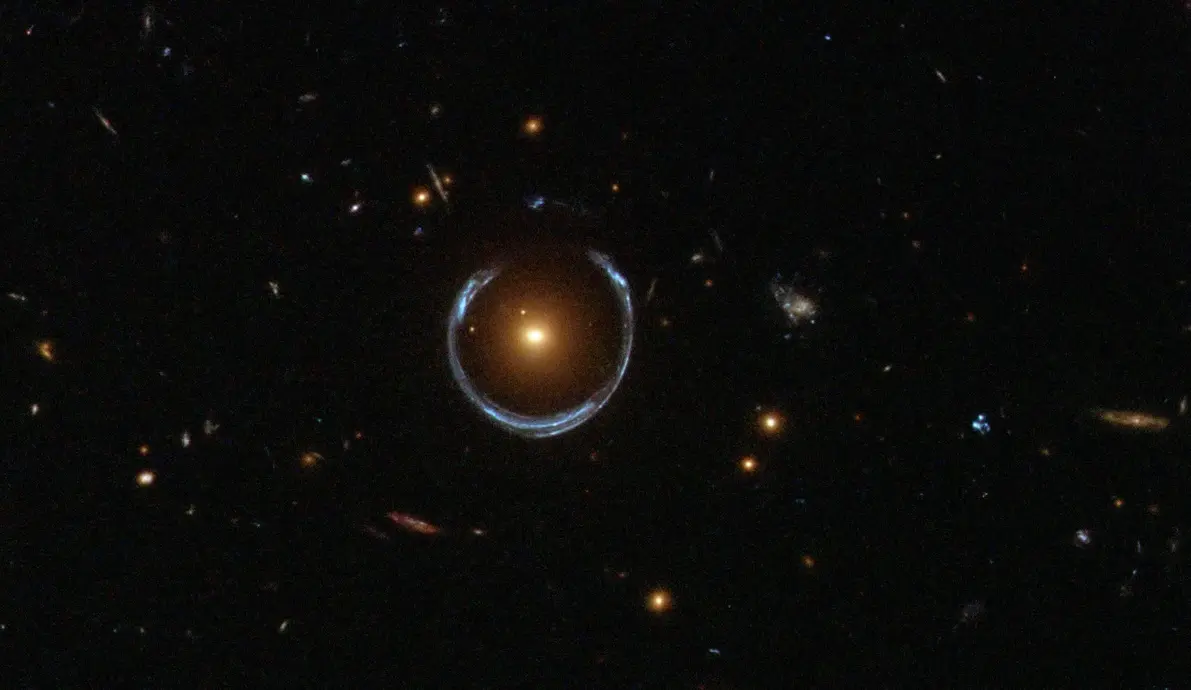
This discovery reveals a dormant black hole located in the Cosmic Horseshoe system.
Scientists confirm existence of a black hole with mass of 36 billion suns
Researchers have identified a dormant black hole with a mass equivalent to 36 billion suns in the Cosmic Horseshoe system, located about 5 billion light-years away. This black hole is one of the largest ever detected and was measured using innovative techniques that rely on gravitational lensing. Unlike typical measurements that depend on the black hole actively consuming matter, this study focused on the effects of its immense gravitational pull on surrounding stars and light.
Key Takeaways
"This is amongst the top 10 most massive black holes ever discovered, and quite possibly the most massive."
Thomas Collett emphasizes the significance of the new black hole discovery in the study of cosmic masses.
"Its detection relied purely on its immense gravitational pull and the effect it has on its surroundings."
Carlos Melo explains the innovative technique used for measuring the black hole's mass.
"We think the size of both is intimately linked."
Thomas Collett discusses the connection between galaxy size and black hole mass.
"What is particularly exciting is that this method allows us to detect and measure the mass of these hidden ultramassive black holes across the universe."
Carlos Melo highlights the potential of their technique for future discoveries.
The discovery highlights a significant step in understanding the relationship between galaxies and their central black holes. The link between a galaxy's size and the mass of its black hole has implications for the evolution of the universe. As galaxies grow, they feed their black holes, but this process is intricate as it can halt star formation in the galaxy. This black hole's mere existence may signal a trend for massive black holes hidden within dormant galaxies, suggesting there are many more of these cosmic giants yet to be uncovered.
Highlights
- A black hole with mass equivalent to 36 billion suns has been discovered.
- This giant black hole is one of the largest ever identified in the universe.
- Dormant black holes might hold the key to understanding galaxy evolution.
- Measuring black holes without active feeding challenges previous research methods.
Discovery may alter understanding of cosmic evolution
The identification of such a massive black hole raises questions about the formation and growth of galaxies, potentially leading to controversy in current astrophysical models.
This finding could reshape our cosmic understanding and lead to new explorations of the universe.
Enjoyed this? Let your friends know!
Related News

Ultramassive Black Hole Discovered
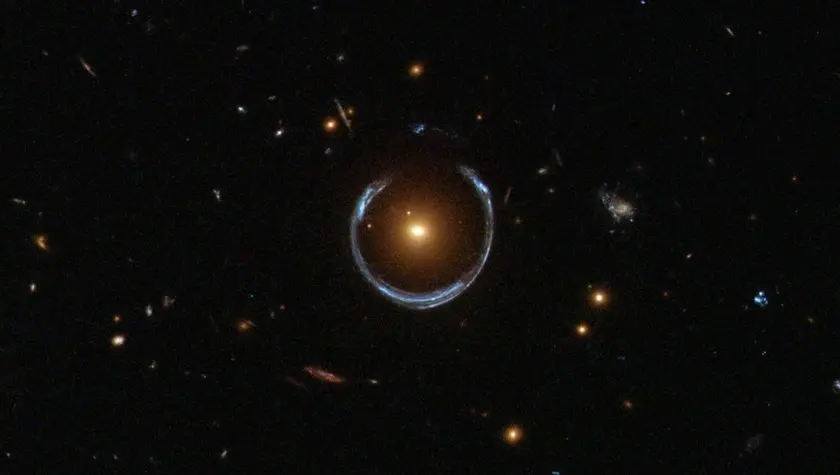
Ultramassive black hole discovered at center of Cosmic Horseshoe
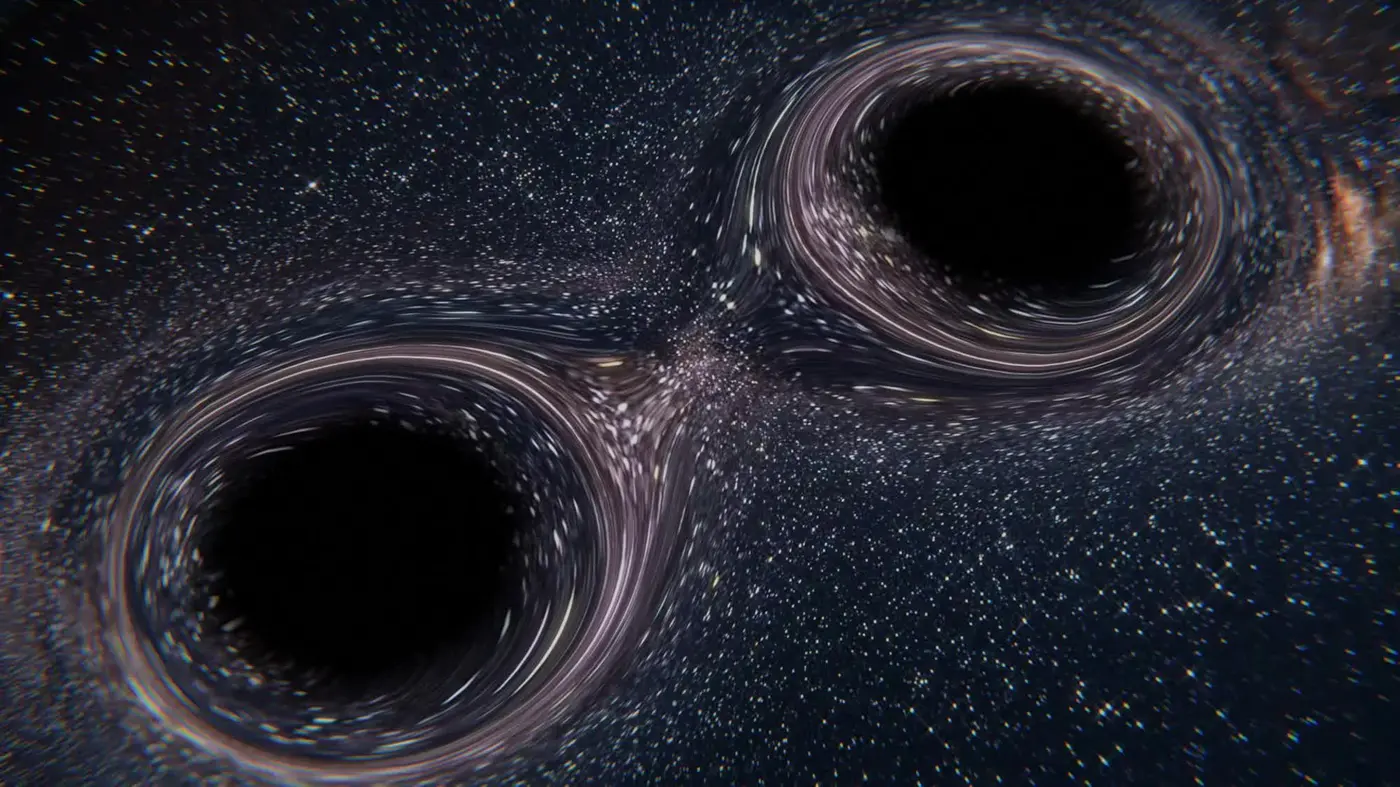
LIGO detects groundbreaking black hole merger
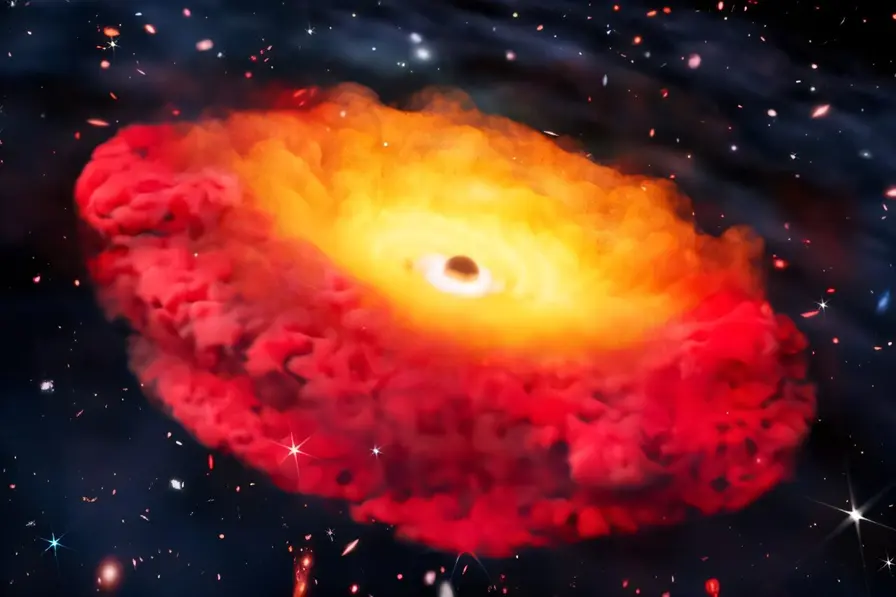
Astronomers confirm the universe's earliest black hole

Largest black hole merger detected by LIGO-Virgo-KAGRA

LIGO makes significant black hole discovery amid budget cuts
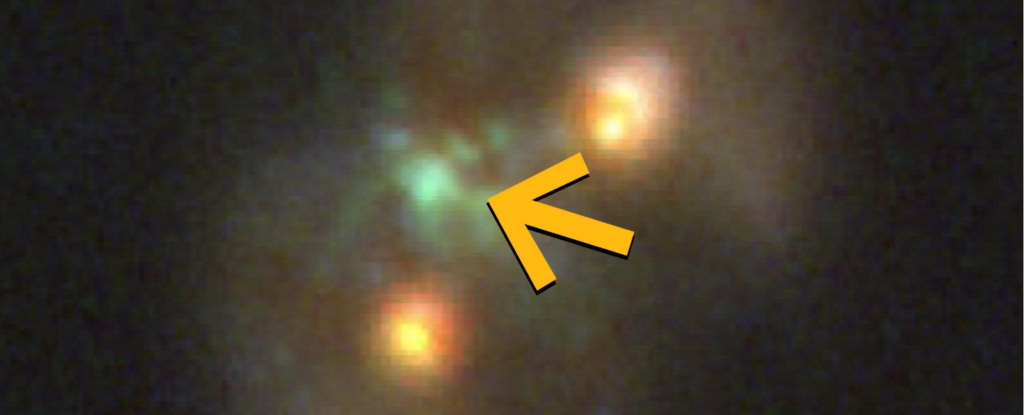
Discovery of Possible Supermassive Black Hole Formation
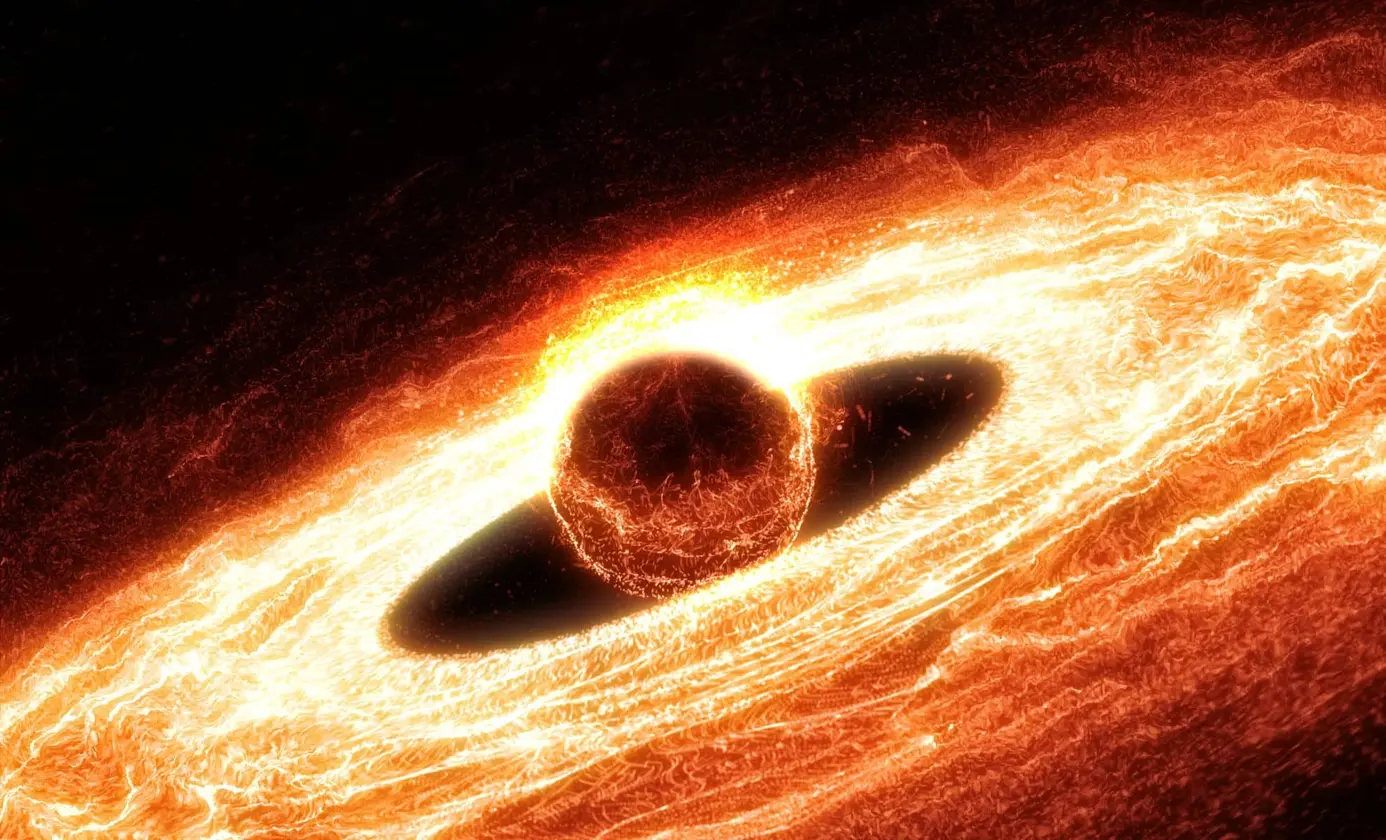
Astronomers observe second flare from same black hole
